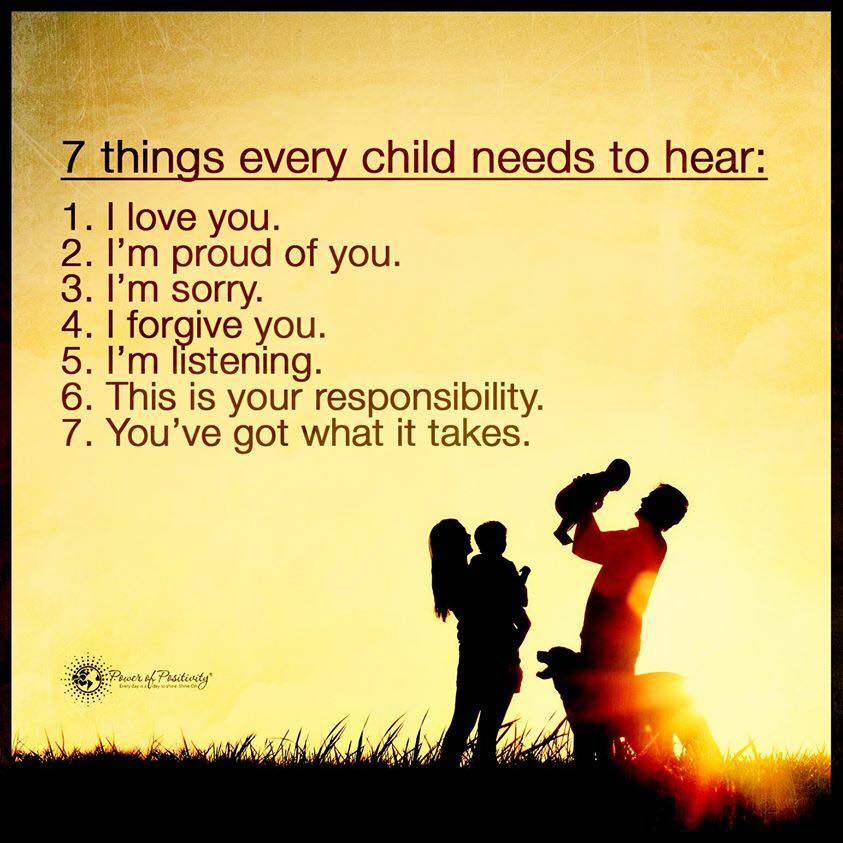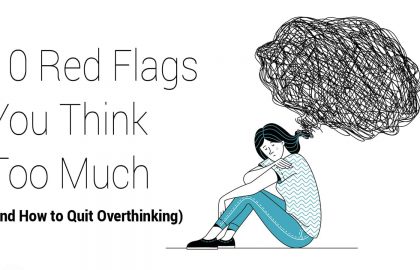“Childhood trauma can result from anything that makes a child feel helpless and disrupts their sense of safety and security, including: sexual, physical, or verbal abuse; domestic violence; an unstable or unsafe environment; separation from a parent; neglect; bullying; serious illness; or intrusive medical procedures.” ~ Casa Palmera Treatment Center
Devastating.
This one word accurately describes the effects of childhood trauma.
Imagine how trauma – whether acquired by abuse, domestic violence, parental separation, bullying, neglect, illness, or something else – can impact a young person’s sense of self, and the world around him or her.
Trauma and Adulthood
Trauma, of course, doesn’t merely ‘stop’ once someone becomes an adult. The human brain grows fastest between the ages of 0 to 6 years and, often, the trauma is hardwired into the person’s mind.
An individual suffering from trauma experienced during childhood is often unaware how it is impacting their life – the reason being that recall of specific childhood events is buried somewhere in the subconscious. Stories abound of patients who, during a therapy session, experience the surfacing of traumatic memories. While a vital step in the recovery process, recalling instances of trauma can be overwhelming.
Here are five behaviors that a victim of childhood trauma displays through adulthood:
1. Chronic tension
Trauma originating outside of the body (e.g., abuse, assault, stress) causes the brain to activate the fight-or-flight response. Stress hormones such as cortisol and norepinephrine flood the body, which prepares to defend itself. During this time, our body automatically tenses up.
The problem is that tension doesn’t always dissipate once the threat is removed or neutralized. In this case, the brain’s neural networks will maintain a state of hypervigilance, acting as if the threat remains and preparing the body accordingly.
2. Social withdrawal
Research demonstrates that childhood trauma contributes to Social Anxiety Disorder or SAD. Parental abuse (e.g., denigrating, insulting, swearing, verbal aggression) and emotional neglect (i.e., not feeling cared for, loved, or nurtured) relate directly to the onset of SAD.
Victims of childhood trauma who demonstrate social withdrawal often do so out of anxiety and fear. SAD patients report feeling “an intense, persistent fear of being watched and judged by others,” and may isolate themselves to prevent this feeling.
3. Persistent panic
Both anxious and non-anxious brains are continually learning. Unlike the anxious person, however, a non-anxious individual can more easily ‘unlearn’ life’s lessons that it encounters. An anxious person has a hard time with this.
To illustrate, imagine a situation where two people who have received a poor performance review are scheduled to follow up with their manager.
The non-anxious person is much more likely to interpret the meeting as a non-threatening, neutral event unless told otherwise. The anxious person, on the other hand, may begin to panic about receiving a second negative review.
Worse, their anxious brain may be unable to concentrate on anything other than the meeting. They remain in a constant state of worry unless told otherwise.
4. Fear avoidance
It is human nature to circumvent the things we fear, but childhood trauma victims take this avoidance to the extreme. While you may have an innate fear of going to the dentist, you’ll probably still go. Why? Because the benefits of taking action overrule the fear response.
Far too often, adults with a history of trauma allow fear to dictate their actions. Using the dentist visit scenario, they’re more likely to give into the impulse to avoid the dentist; essentially allowing fear to cripple their intentions. The strong urge to avoid things seen as even remotely threatening can seriously impede on quality of life.
5. Underachievement
Researchers from the University of Florida and George Mason University link child trauma to a host of poor life outcomes.
From the paper:
“For students, the results of academic underachievement reach beyond the educational setting, often leading to deviant behaviors, fewer opportunities in life, and difficulty earning a living wage.”
The research team also found a correlation between socioeconomic status and traumatic stress. People who come from a disadvantaged background are 65% more likely to have experienced trauma as a child than someone from a middle-class background.
Getting Help
First and most important, if you know of a child being maltreated or abused, contact your local child protective services office or law enforcement agency. It is never too late to begin healing the wounds of the past. While taking action may be difficult, proper treatment – even if it’s someone lending an ear – can make a big difference.
Per Helpguide.org, a reputable organization focusing on mental health, there are four things someone can do immediately to begin the healing their traumatic past.
1. Exercise
“Trauma disrupts your body’s natural equilibrium, freezing you in a state of hyperarousal and fear. In essence, your nervous system gets ‘stuck.’”
Do some physical activity for 30 minutes, five days per week. If this seems like too much of a commitment, try doing 3, 10-minute bursts of exercise per day.
2. Don’t isolate yourself
“Connecting to others face to face will help you heal, so make an effort to maintain your relationships and avoid spending too much time alone.”
3. Regulate your nervous system
This one is important, so please pay close attention.
“No matter how agitated, anxious, or out of control you feel, it’s important to know that you can change your arousal system and calm yourself.”
Lower your arousal levels by engaging in mindful breathing or meditation. Take 60 breaths, focusing your attention on each exhale.
4. Look after your health
“It’s true: having a healthy body can increase your ability to cope with the stress of trauma.”
The authors recommend getting 7 to 9 hours of sleep, avoiding alcohol and drugs, eating well-balanced meals, and proactively reducing stress.
(C)Power of Positivity, LLC. All rights reserved
Sources:
http://childhoodtraumarecovery.com/2013/05/28/childhood-trauma-its-link-to-adult-anxiety/
http://time.com/5047874/anxiety-disorder-symptoms/
https://casapalmera.com/blog/7-ways-to-heal-your-childhood-trauma/
https://www.helpguide.org/articles/ptsd-trauma/coping-with-emotional-and-psychological-trauma.htm
https://www.goodtherapy.org/blog/study-links-child-trauma-school-performance/
https://www.ncbi.nlm.nih.gov/pmc/articles/PMC3074005/
https://www.psychologytoday.com/blog/body-sense/201006/ptsd-is-chronic-impairment-the-body-sense-why-we-need-embodied-approaches
The post 5 Adult Behaviors of Someone That Experienced Trauma As A Child appeared first on Power of Positivity: Positive Thinking & Attitude.






